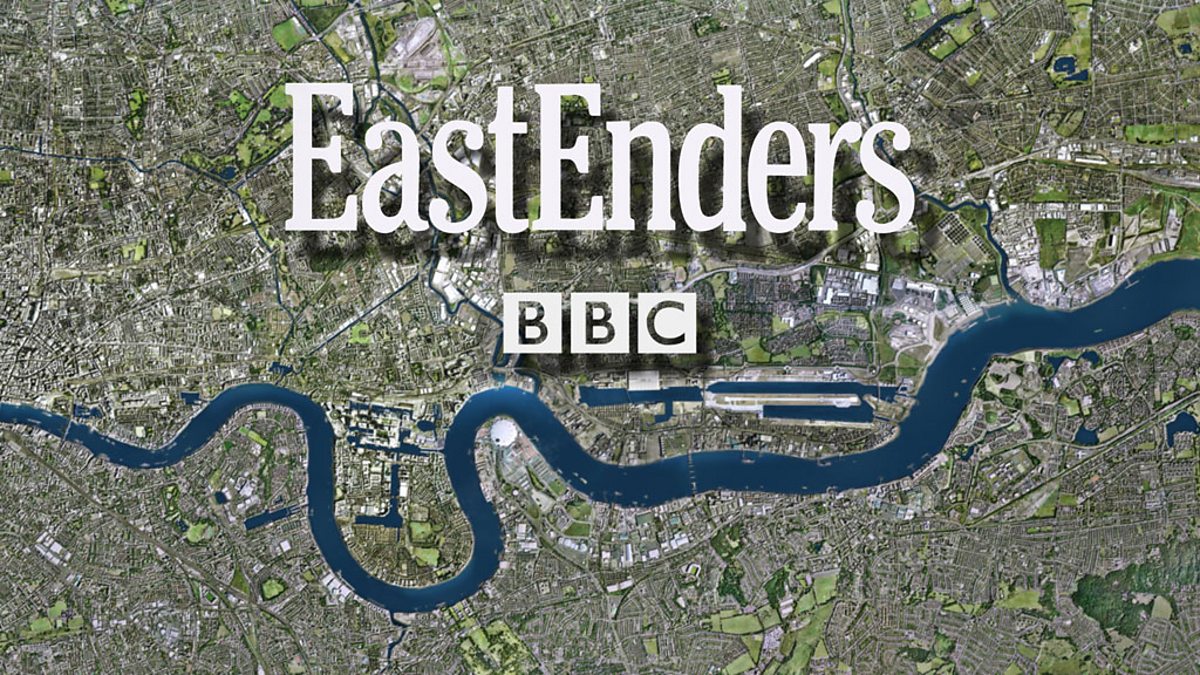- First episode in 1985.
- Set in fictional London borough.
- Initially broadcast twice a week.
- First episode attracted 17m viewers.
- Storylines set around Beale and Fowler families.
- First UK soap to feature culturally diverse cast from opening episode.

 What is 'soap opera'
What is 'soap opera'- Serial melodrama, primarily dealing with family and emotional issues.
- Originated in US, aimed at housewife demographic.
- Sponsored by detergent companies, hence the name 'soap opera'.
- All soap operas share common codes ad conventions.
Technical conventions
- Multi-camera, (saves time & makes it cheaper)
- Limited sets, (based around one place, save costs and time)
- Diegetic sound.
- Early soaps transmitted live or recorded 'as live'
(Victoria Wood's Acorn Antiques parodies 'live' U soap mistakes; Hollywood films Tootsie and Soapdish are set in US TV soap worlds)
- HD technology has required more 'realistic' sets, but also now allows shooting in natural or low-light for additional realism.
Narrative conventions
- Episodic format - typically 30 minutes. Open-ended storylines with episode cliffhangers (to sustain audience)
- Repetition - relies on stock characters and locations returns to in each episode.
- Resolution - Serial form mean constantly evolving; soap plots may take weeks, months or even years to be resolved.
 Difference between serial and series:
Difference between serial and series:In a serial each episode picks up the story from where the last one stopped. If you have missed the first 2 episodes of a serial you won't know what's going on. Example Game of Thrones and Walking Dead.
In the series it's like a collection of mini films so if you miss the first 2 episodes it won't matter because episode 3 will be a brand new story. Example House M.D. and Poirot.
Melodrama? Or soap?
- Pathos (overwrought emotion).
- Moral polarization.
- Coincidence and 'deus ex machina'.
- Sensationalism.
Common soap conventions
- Births, marriages and deaths
- Love triangles
Every soap opera relies on repetition of these stock plot conventions to renew their storylines and characters and make dramatically relevant to the audience.
Contemporary
Realistic settings and characters dealing with social issues - British social realism
- Drug abuse
- Mental illness
- HIV
- Sexual abuse & violence
Political intent (campaigning issues)
Representation (under-represented groups become represented. Class, gender, ethnicity, sexuality)
Secular (rationality, not religios or mystical)
Soap Opera Archetypes
- The matriarch: dramatic centre
- The lothario: sex, propels plot
- The 'victim': audience empathy
- The 'innocent': corruptible, changes
- The 'bad boy/girl': stock villain, agency
Critical approaches to genre
- Realism - are soaps realistic? Changing forms: 'teen soaps' such as Hollyoaks, soap influence on reality TV.
- Representation - challenge of diversity vs stereotypes; changing social attitudes.
- Reception theory - how audiences consume soap (uses and gratification); contract between producers and viewers.
Blumler & Katz: uses and gratification
- Diversion, escapism
- Personal relationships, social interaction, either with the fictional characters or through dialogue - with others.
- Personal identity, audience identification.
- Surveillance, program informs or challenges our world view on topical or social issues.
//All images from Google.com\\

No comments:
Post a Comment